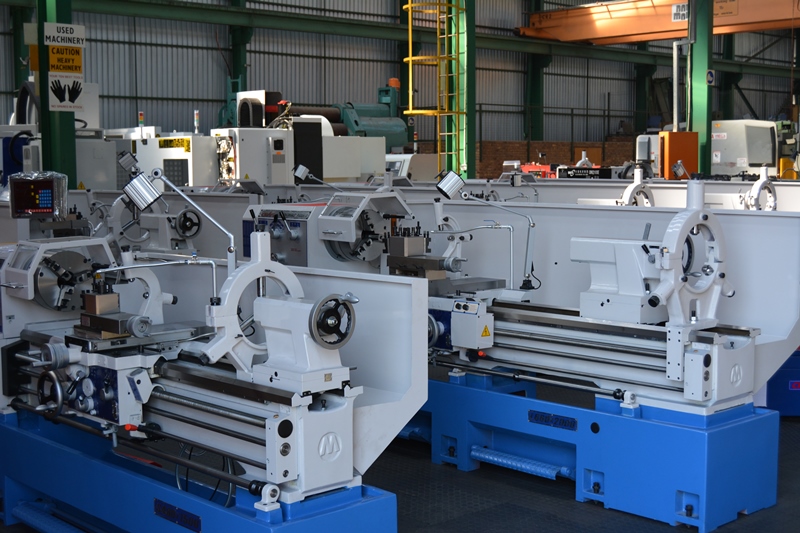There are various ways to obtain legally the right to use other people's property. But when the direct question arises of concluding an agreement, the execution of the agreement comes down to two options: leasing or rental. These forms of financial relationships are significantly different from each other.
Leasing, rent, credit - the fundamental differences, advantages and disadvantages of these methods of concluding an agreement on the right to dispose of another's property, we will consider today.

Types of property relations
Targeted loan allows you to purchase the desired property immediately into the property. Then all the relationships between the parties to the transaction are considered completed. Further, the acquirer can only fulfill its financial obligations to the credit institution.
Thus, a loan cannot be considered as one of the forms of an agreement on the right to use another's property.
According to Art. 625 of the Civil Code of the Russian Federation the agreement on the right to use other people's property may have the following types:
- Rent. Property is transferred for any period specified by the parties to the transaction, and for appropriate payment. There is also a free rental. After the expiration of the agreement, the property is returned to the owner.
- Leasing. The difference between leasing and leasing is that the latter is a form of investment. The property is transferred for a long period, which is equal to or as close as possible to the period of useful use. After the agreement expires, the lessee may redeem the object of the agreement at the residual value.

Leasing
Types of leasing:
- Financial. The property is bought by the leasing company from a third party and under the contract is transferred to the lessee. After the agreement expires, the object can be redeemed at residual value.
- Operational. The main difference of this form of agreement is that at the end of the contract the property is not redeemed.
- Returnable. The object of the contract is redeemed from the lessee, and then transferred to him under the lease. This is a more complex form of relationship, and its goal is to find additional free finance and maintain the right to dispose of property.
Separate leasing separately. This term implies the transfer of another's property obtained under a leasing agreement to a third party, also under a leasing agreement.

Regulation of relations between parties to a transaction
Leasing and leasing are two of the most important forms of financial relationships in concluding commercial contracts. They are strictly regulated in accordance with the legislation of the Russian Federation with the following documents and provisions:
- Chapter 34 of the Civil Code of the Russian Federation. It spells out the basic terms, the difference between a lease and leasing, the basic requirements for the parties to the contract, their obligations, rights, etc.
- Federal Law No. 164-ФЗ On Financial Leases (Leasing). This document not only discloses in detail the whole essence of leasing, but also spells out the responsibility of the parties to the agreement in case of default.
- The text of the international convention UNIDROIT. In Russia, this document was ratified, and its own laws were developed taking into account international provisions.
To understand the difference between a leasing agreement and a lease, you should consider this issue in detail, from all sides.
Relationship Object
When a lease is concluded, the owner can offer a choice of only existing property. The tenant is forced to adjust his requests.
When leasing, you can independently choose the right property.The leasing company will acquire it from a third party and transfer it to the lessee under the contract.

Contract term
The difference between leasing and leasing is that in the latter case, property is transferred under a contract for a long period, as close as possible to the period of useful use. For example, a car is most often transferred for 5 years, construction equipment - for 10 years.
When renting, the terms of use can be arbitrary and depend only on the will of the parties. For example, the same car can be rented for an hour, a day, a month or a year. And it’s possible for all 10 years.
A responsibility
The lessee bears all responsibility for the property. He monitors the technical condition of the facility and in most cases bears all the costs associated with its maintenance, including the payment of taxes.
When concluding a lease, all responsibility lies with the lessor. If the object of the agreement fails, is damaged or lost, then the lease is suspended.
Object transfer
Leasing property can only be obtained from a leasing company. That is, from an organization that is engaged in this type of investment legally.
The difference between leasing and lease is that in the latter case, the contract can be concluded by any owner of the property (individual, legal entity, individual entrepreneur).

Transfer of the object of the contract into ownership
When leasing, the property is transferred to the property of the lessee after redeeming it at the residual value. This happens at the end of the agreement.
With a standard lease, this option is not provided. And after the agreement expires, the property is returned to the owner.
Cost
The cost of payments under a lease agreement consists of several parameters:
- property rental value;
- the amount deducted from the value of the property so that by the end of the contract the balance is minimal;
- the cost of additional costs, for example, insurance, transportation, maintenance, etc.
When renting, you will have to pay only rental payments.
Disposal of an object
The lessee is often entrusted with the right to completely dispose of the object of the agreement. For example, it can be leased or leased.
Upon conclusion of a lease, the ownership of the property remains with the owner. Sublease is possible if the relevant clauses are included in the contract.
If you need to get the right to dispose of other people's property, you will need to choose one of the forms of agreement. This is leasing and rental. The similarities and differences of these forms of financial relationships allow you to conclude an agreement on terms acceptable to the parties: if the property is needed for a long time with the transfer to ownership, then it is worth thinking about leasing, in other situations a lease is enough.

Rental and leasing: differences
Sometimes clauses on the right to purchase property are prescribed in the lease agreement. The scheme works as follows:
- property is transferred to the lessee for the period stipulated by the agreement;
- the agreement prescribes clauses on the possibility of redemption of the transaction object at residual value, while the amount of rental payments increases by the amount of property value.
This scheme is as close to leasing as possible. So what is the difference between leasing and leasing with option to buy?
The thing is that in the first case (when leasing), a number of tax benefits and refunds are provided. When concluding a lease, this is not.
When concluding a leasing agreement, one can count on a VAT refund proportional to a reduction in income tax, and compensation for some targeted expenses at the state’s expense.
That is why leasing is called finance lease.
What to choose in the end? If we compare, then we can distinguish several patterns:
- When leasing, it is more difficult to conclude contracts, as they require a number of mandatory documents.However, with this form of relationship, payments are less, since they are designed for a longer period. Various financial benefits are a bonus.
- A lease is easier to conclude, but payments are higher.
Based on all the information, it can be concluded that property should be leased if it is a term of less than 12 months. In other cases, you can think about leasing and compare offers.
